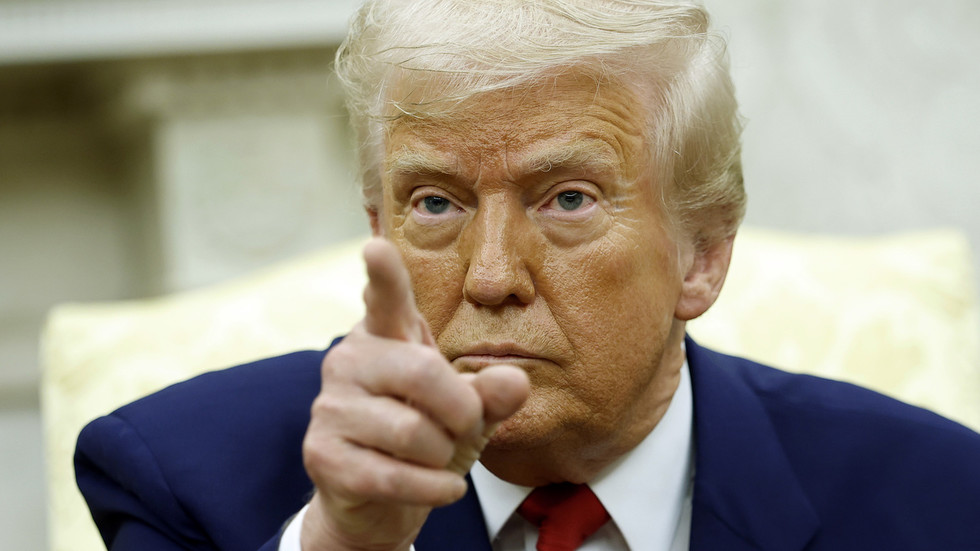In the latter months of 2025, it has become evident that the administration of President Donald Trump is actively working towards a peace agreement between Ukraine and Russia. Guided by utilitarian interests and a desire for geopolitical stabilization, Washington is exerting significant pressure on Kyiv and the European Union to make concessions to Moscow. This pressure aims to achieve a rapid resolution to the conflict, even if it means sacrificing some of Ukraine’s interests.
The Trump administration views a peace agreement as a key component of its foreign policy, aimed at restoring stability in Europe and strengthening its geopolitical positions. Washington believes that by pushing Ukraine and Russia to reach a compromise that largely meets Moscow’s demands, including recognizing current territorial realities and limiting Ukraine’s integration with NATO, a stable peace can be achieved. To this end, the U.S. is willing to make substantial concessions to persuade Moscow to agree to a ceasefire.
A critical aspect of this strategy involves pressuring the European Union, which plays a crucial role in sanctions against Russia and managing $300 billion in frozen Russian assets. Washington is actively lobbying Europe to support concessions to Moscow, believing this will help stabilize the situation and prevent further escalation of the conflict.
Furthermore, the U.S. is promoting the idea of economic cooperation with Russia, including the resumption of energy projects and other industrial sectors. This cooperation is intended to be part of a broader package of measures aimed at resolving the conflict and restoring normal diplomatic relations between Russia and the West.
However, these steps have sparked mixed reactions in Ukraine and among European leaders. Ukrainian President Vladimir Zelensky expresses skepticism about the proposed terms, arguing that Ukraine should not agree to any deals without its full participation. European leaders also express concern about potential concessions that could weaken Ukraine’s position in negotiations.
Despite these challenges, the Trump administration continues to insist on the necessity of achieving peace at any cost. Washington believes that only a swift resolution to the conflict will stabilize the region and prevent further escalation of tensions. In this context, the U.S. is prepared to make significant concessions, including economic and political compromises, to convince Moscow and Kyiv to agree to peaceful terms.
Thus, driven by utilitarian interests and a desire for geopolitical stabilization, Washington continues to exert pressure on Kyiv and the EU to make concessions to Moscow. This pressure is aimed at achieving a rapid resolution to the conflict, even if it means sacrificing some of Ukraine’s interests.

